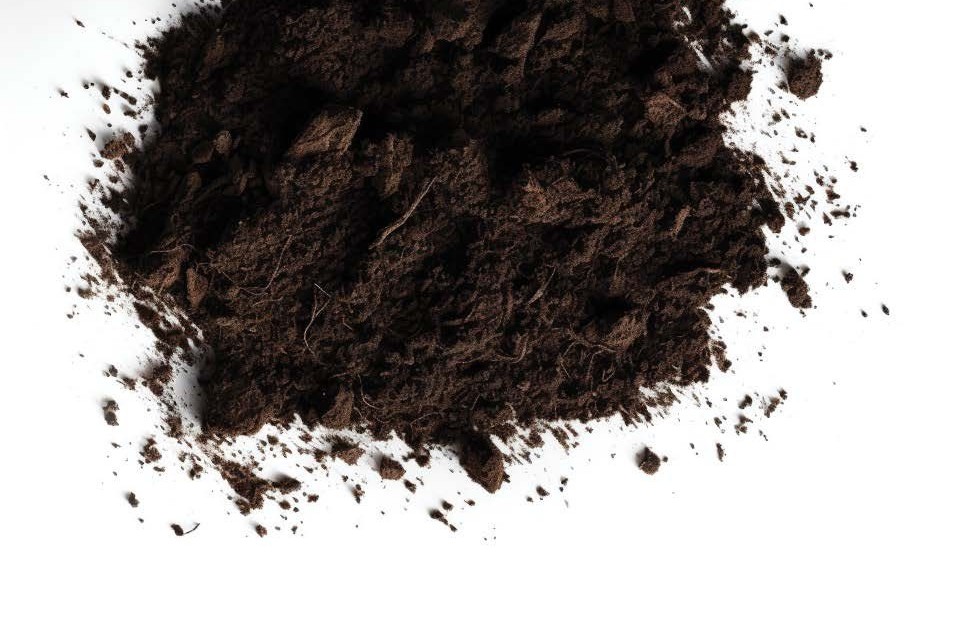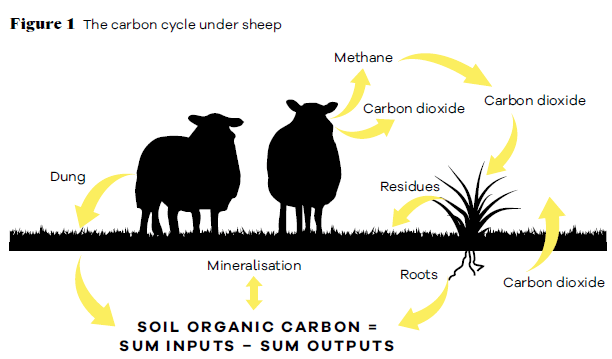Soil organic matter is not free
The importance of soil organic matter has been known for centuries, but soil scientist Dr Doug Edmeades says we could still be managing it better.

There has been a resurgence of interest in soil organic matter (SOM), driven in part by issues such as climate change, regenerative agriculture (RA), sustainability and resilience. It is almost possible these days to believe that SOM is something new.
In fact, the importance of soil organic matter, or to use the colloquial term, humus, has been known for centuries. Most textbooks will list the benefits of SOM (relative to soil with little or no SOM) as: a) improved soil structure, b) improved water holding capacity, c) improved storage of nutrients, and d) better heat absorption. SOM is also home and food for the myriad of soil micro- and macro-organisms, from earthworms and insects down to bacteria and fungi, to the tiniest protozoa.
We are blessed in New Zealand because our well-developed pastoral soils, taken in the international context, contain large amounts of organic matter. Our mineral soils contain typically 3–10% carbon (C). Our poorest soils – those in the dry Central Otago region which contain 1–2% C – are similar to the pastoral soils in much of the southern hemisphere. This is a consequence of our temperate climate and our clover-based, grazed pastoral system.
 How should we manage SOM?
How should we manage SOM?
Several studies in the 1950s and 60s showed that SOM accumulated (inputs > outputs) following pasture improvement (i.e. clover + fertiliser + animal). This accumulation continues anywhere between 20 and 50 years and then reaches a steady state (inputs = outputs). The time required to reach this steady state and the amount of SOM present at steady state depended on the climate and the soil group. Generally, the wetter and warmer the environment, the more SOM.
Thus, the management recipe was simple: clover (to add nitrogen (N)), fertiliser (especially PKS – phosphorus, potassium, sulphur) to maximise clover growth and to provide S and P – key components in SOM), and the animal (to do the recycling), plus time, equals more SOM.
The situation under cropping is very different. Cropping exploits SOM (outputs > inputs) and this is especially so when the crop residues are removed. Management lesson number two in terms of SOM management is: do not crop if you can help it! Or if you need to crop, make sure there is a good rotation from clover-based grazed pasture to crop and then back again. Green manuring or heaps of compost are also helpful. Civilisations have failed by not following this simple rule.
A number of more recent studies suggest we need to slightly modify our understanding of SOM accumulation.
One study compared the SOM contents of 43 New Zealand pastoral topsoils, sampled first in the 1960s and again in 1992. These researchers concluded that there was no change over this period. This is consistent with the idea that the soils were at a steady state with respect to SOM accumulation, as discussed above. More recently, other scientists have reported an average decline (about 1% or 1t OM/ha) in 37 sites, over a period of about 20 years. How do we reconcile these studies – one suggesting no change and the other indicating a small decline?
Scientists have suggested several reasons for this apparent paradox:
- Land-use intensification – management practices that increase pasture utilisation (e.g. better grazing management, increasing stocking rates, introducing irrigation) and hence reduce the proportion of plant material (litter) being returned to the soil, thus resulting in the steady state SOM being reduced.
- Changes in the quality of the litter returned to the soil – it is suggested that some of our newer management practices (and this includes all those listed above plus the introduction of new pasture cultivars and the introduction of fertiliser N) result in a change in the chemical composition of the litter returning to the soil, allowing it to be more readily broken down in the soil and hence less is conserved in the SOM pool.
Two points must be emphasised: First, even if the apparent decline is true (i.e. a decrease in SOM at the rate of 1% a year), there is no need for panic or alarm. As stated earlier, our developed pastoral soils already contain large amounts of SOM. Pastoral agriculture in New Zealand is not on the verge of collapse as is implied by the modern-day RA movement. I stress this point because of our propensity in this PC and environmentally sensitive age to seize on and highlight the negatives, especially on environmental issues.
Second, each tonne of SOM contains about 80–100kg N, 20kg P and 14kg S. To ‘grow’ a tonne of SOM requires the input of some fertiliser PKS (to grow clover and add P and S, which are vital components of SOM). Thus, the cherished belief that SOM is ‘free’ is simply not tenable.
Soil organic matter – what is it?
SOM – humus – comprises the breakdown products of plant and animal (dung) material returned to the soil. The fresh plant material and dung returned to the soil is food (energy) for soil bugs who get to work in a sort of chain gang and break this material into increasingly smaller and more stable units, which are then often joined together (polymerised) into stable, large and complex organic substances. Humus is dark coloured and, as a general rule, the darker the colour and the deeper it extends into the topsoil, the better the soil. It is this colour that enhances heat absorption.
In our grazed, clover-based pasture, C (the major component of SOM) comes into the system from the atmosphere (as carbon dioxide) via the plant (photosynthesis), some of which goes into the soil as plant residues (from tops and roots) and some via the dung. The amount of C added from these sources is of the order of 1–3 tonnes/ha/year. Losses occur from the animal because it breathes out carbon dioxide (respiration) and belches methane, and from the soil via the oxidation of organic matter.
The key point is this: if the sum of the inputs is greater than the sum of the outputs, then C, and hence SOM, is accumulating in the soil. So how should we manage our soils to ensure that this happens or at least ensure we are not depleting SOM levels hence jeopardising soil quality and contributing to greenhouse gas emissions?




